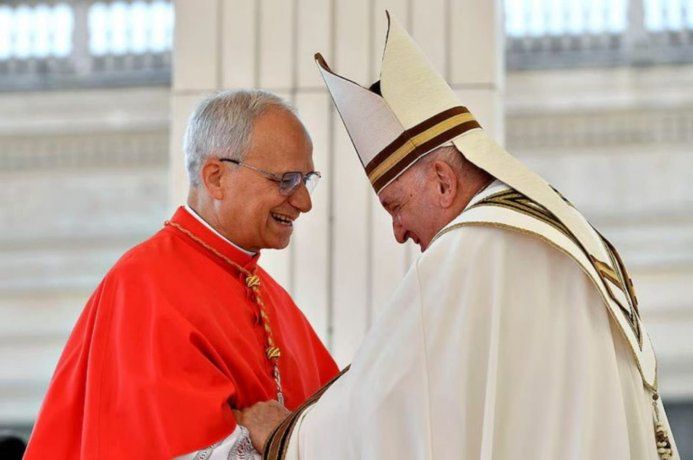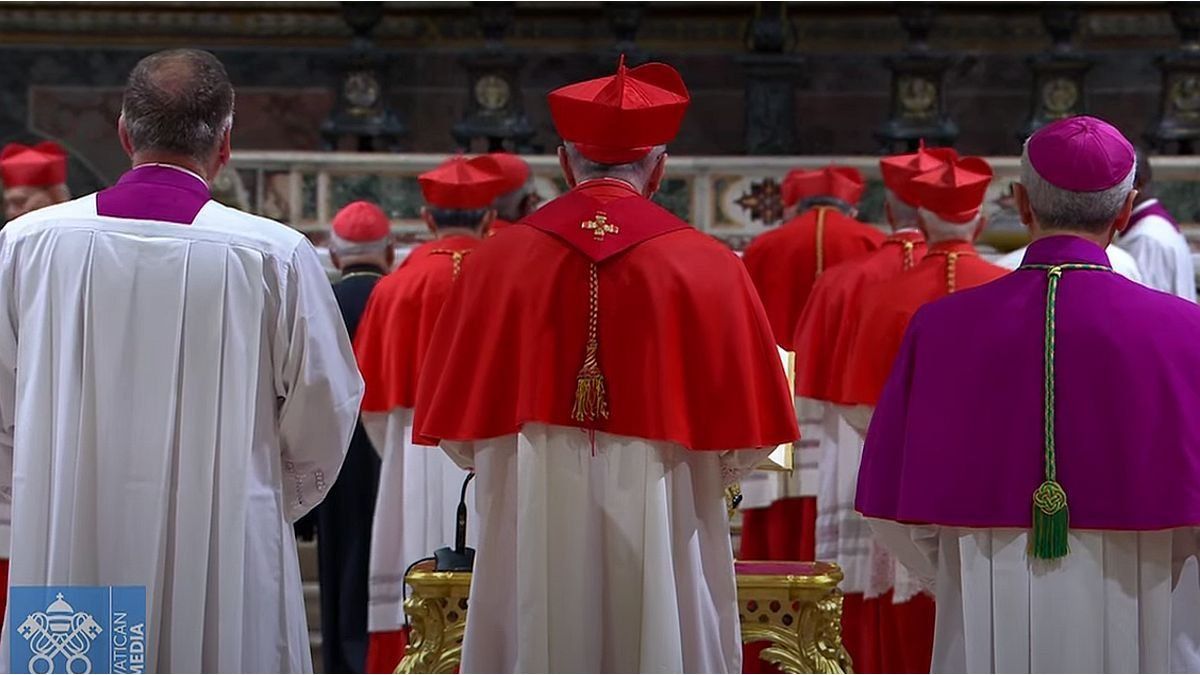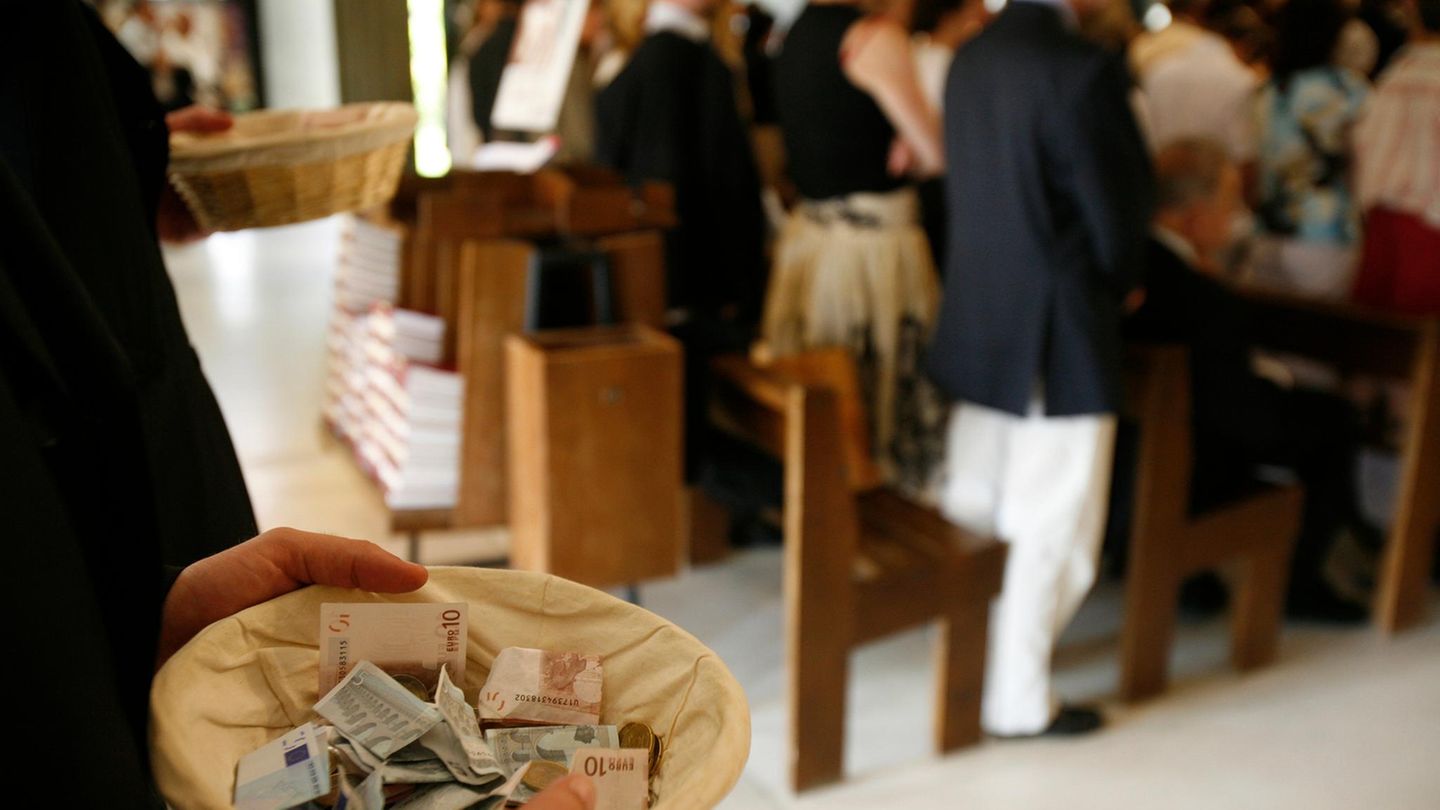After two days of conclave, Robert Prevost was chosen how the high pontiff of the Catholic Church. The new Pope surprised more than one since He was not among the candidates who arrived with more force at the beginning of the election.
In detail, in the prior to the conclave all the spotlights were put on three cardinals; the Secretary of State of the Holy See, Pietro Parolin; The prefect of the congregation for the evangelization of the peoples, Luis Antonio Tagle and the Archbishop of Esztergom-Budapest, Péter erdó.
Three favorites, secret meetings and the appearance of a “covered”: how Robert Prevost’s choice was created
Despite being registered in a religious key, the conclave is a Choice of power and leadership does not escape Rules and codes of a political negotiation. Thus, despite the favorites that led the bets in the prior of the cardinal elections, Prevost emerged from the shadows and took over the throne of San Pedro in an election which keeps similarities with what happened with Francisco, 2013.
Papa-prevot.jpeg
AP
It is that, in the previous one, Prevost went unnoticed. The spotlights of the press and the specialists were placed on Parolin, Tagle and Erdo, mainly, and on some other satellite names such as Pierbattista Pizzaballa and Matteo Zuppi.
The Catholic Church faced this election A key decision to your future: The millenary institution had to define If Francisco’s reformist course would follow, or stop the “progressive” changes that promoted the Argentine.
The situation for the first votes – as detailed specialists – showed a triple front that could not unlock. Thus, Parolin headed the first elections with, approximately, 40 wills, While Tagle and Erdo (representative of the conservative line), gathered around 30 votesall still far from 89 necessary to win.
The situation was locked since The three fronts – The institutional of Parolin, the progressive of Tagle and the conservative of Erdo – blocked their possibilities reciprocally.
A hypothesis that gained strength in the last hours is that so much Tagle as parolin would have held a meeting to stop the conservative advanced and to agree to a Profile that will continue the Bergoglio line, but more moderate.
Thus, Prevost began to emerge as the conciliatory exit between those present. The American, with Latin American roots – which would move away the power of European cardinals – was close to Francisco, who appointed him prefect of the dicascery for bishops, a role that would make him in the main advisor of the Pontiff in the designation of bishops worldwide.
However, Premost was also seen, in the halls of the Vatican, as a “bridge” between two churches: the institutional and the popular; that of the global northern and the southern. A man, in addition, from the United States, a country who takes a strong notoriety after Donald Trump’s return to the White House and the implementation of his aggressive foreign policy.
Premost’s choice also reminds what happened with Francisco who arrived as a “covered” to the 2013 conclave but who, in addition, had also assigned his representation in the previous vote – 2003 – for military by the unity of the Church.
Thus, the Church was finally defined by the Continuity of Pope Francis, although with a lower profile and closer to certain traditions of the Catholic Church – to content the conservative sectors – of which the Argentine He had definitely moved away during his pontificate.
Leo XIV’s relationship with Pope Francis
Four days before Jorge Bergoglio was chosen Pope in 2013Robert Prevost – today known as Pope Leo XIV – visited Argentina and He attended Alberto Bocatey’s episcopal ordination as auxiliary bishop in the Cathedral of La Plata. That visit was marked in the memory of Bocatey, who does not hesitate to attribute some responsibility in the trip of the now pontiff.
“I was guilty of coming to Argentina,” Monsignor Bocatey recalled In an interview with Cadena 3, where he evoked the arrival of Premost on March 9, 2013. They are joined by a long relationship that began in their years of training in Rome, where they shared studies. Bochatey described him as a “brother” of the order and highlighted its simplicity: “until recently, when he finished working in the Vatican, he ate in the Agustina community and even helped lift the table.”
Prevost and Francisco

Vatican News
The closeness between Francisco and Premost was also a key point. “Francisco loved him very much, discovered him and gave him key responsibilities”Bochatey stressed. In fact, during the final stretch of Francisco’s papacy, Prevost held a strategic position as a prefect of Dicastery for bishops, becoming a key advisor for the designation of bishops globally.
The invitation to ordination in La Plata came when PRevost was the general superior of the order of San Agustín and resided in Peru. Without knowing it, that encounter would be one of the last steps before his own arrival at the leadership of the Catholic Church.
Source: Ambito




